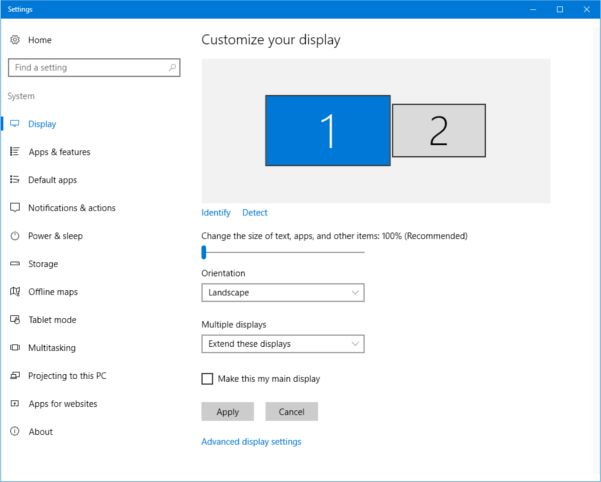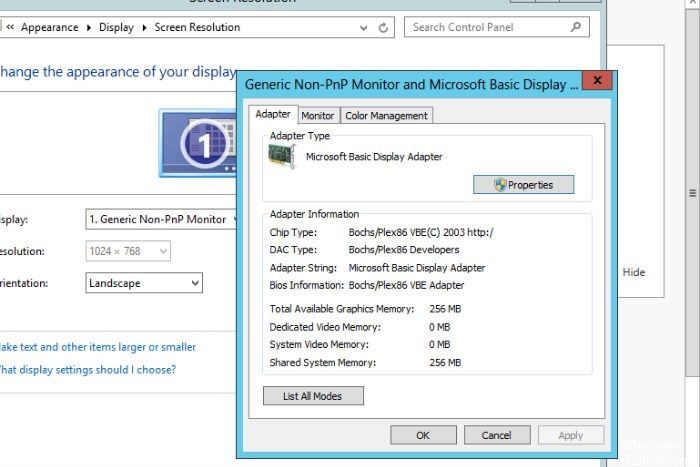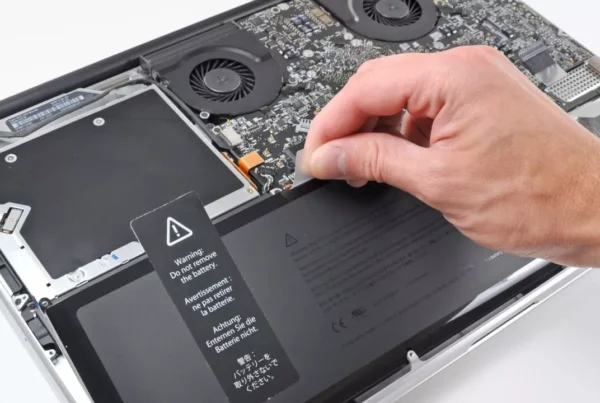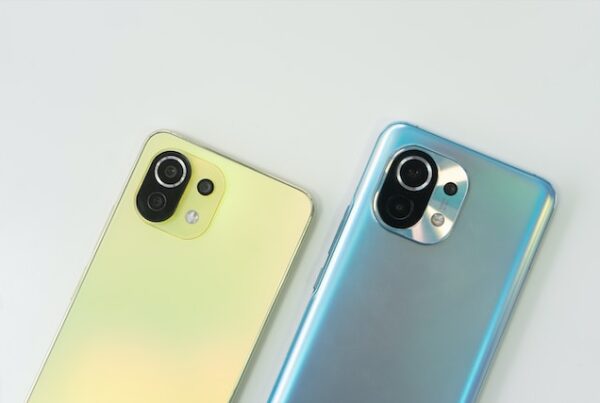RECOMMENDED: (* 10 *) Click here to fix Windows errors and get the most out of system performance
There are users who reported that their monitors do not show full screen after upgrading to Windows 10. The causes of this Windows display problem are not numerous. The video adapter on your system is responsible for displaying your system. In some cases, drivers It may not work properly after reinstalling Windows or after a specific update that could cause the problem. Another reason is that your display settings may change during a Windows update, resulting in black bars.
Check the display settings
If your display settings conflict with your use, the full screen problem will also occur in Windows 10. Follow these steps to verify your display settings:
Step 1: Right-click on an empty area of your desktop and select Display Settings.
Step 2: On the System Settings screen, click View.
Step 3 Under Resize text, applications, and other items: 100% (recommended), make sure the display fonts are set to 100%.
Step 4: Click Advanced Display Settings and make sure the resolution is set to the recommended resolution.
Step 5. Click Apply
Step 6. Restart your computer
Another way to customize your display settings:
- Open the Windows 10 Control Panel using one of the following methods:
1. Right-click the Windows Start button (lower left corner of the desktop) and select Control Panel from the menu that appears.
2. Simultaneously press the "Windows" and "X" keys and select "Control Panel" from the menu that appears. The "Windows" key is generally located in the lower left corner of your keyboard, between "Ctrl" and "Alt", and generally displays a Windows logo. - Click on the "Appearance and Personalization" section.
- Click on the "Display" section.
- Click on "Adjust Resolution" in the left column.
- Check the resolution and change it if you still don't have at least 768 pixels vertically (the second of the two values).
- Click on the "OK" button.
- Close any windows that are open today.
- Restart Windows.
Reinstall the display adapter driver
- Press Windows + X button and click Device Manager.
- Find and click on the display adapter to expand it.
- Right-click on the device, then click Uninstall.
- After uninstalling the driver, restart the computer. The generic display adapter driver is installed automatically.
https://support.lenovo.com/us/en/solutions/ht072309
RECOMMENDED: Click here to fix Windows errors and get the most out of your system performance







